Great Burnet (Sanguisorba Officinalis) – 1 Gallon Pot
$28.85 Original price was: $28.85.$20.20Current price is: $20.20.
SKU: D2LSC 5457022050 Category: HERB PLANTS
- Sustainable materials, for a better tomorrow.
- Quality that lasts, prices that don't.
- Quality Products, Quality Service
- Have the best deals

Great Burnet
Sanguisorba officinalis
Other Names: Greater Burnet, Greater Salad Burnet, Burnet Bloodwort
Plant Details
USDA Plant Hardiness Zones: 4a-8b Find Your Zone
Plant Type: Herbaceous Perennial
Height at Maturity: 2.5-3′
Width at Maturity: 2-3′
Spacing: 24-36″ for mass plantings
Spacing: 24-36″ for mass plantings
Growth Habit / Form: Upright Clump
Growth Rate: Fast
Flower Color: Deep Red to Deep Purple-Red
Flower Size: 1.5″ long
Flowering Period: Late Spring to Early Summer
Flower Type: Bottlebrush like spikes – edible
Fragrant Flowers: No
Foliage Color: Medium Green – edible leaves
Fragrant Foliage: No
Berries: No
Berry Color: No
Sun Needs: Full to Mostly Sun
Water Needs: Average
Soil Type: Clay (amend heavy clay to ensure good drainage), Loam, Sandy, Silt
Soil Moisture / Drainage: Moist But Well Drained
Soil pH: 6.0 – 8.0 (Acid to Slightly Alkaline)
Maintenance / Care: Low
Attracts: Bees, Pollinators, Visual Attention
Resistances: Deer, Disease, Heat, Humidity, Insect, Rabbit
Description
Great Burnet, also known as Salad Burnet, is often grown as a culinary herb but is also attractive ornamentally. Growing to 3 feet tall and equally as wide, it is a wonderful addition to herb, vegetable, wildflower, prairie and meadow gardens where it will grow and flower for years to come. It also serves beautifully as a filler plant in flowering shrub and ornamental grass borders as the flower stalks will sit nicely among other plants. In late spring to early summer, atop thin tall green stems it produces abundant clusters of showy deep red flowers that are similar in appearance to an elongated clover bloom. Its very attractive compound odd-pinnate, medium green, basal leaves with 7 to 25 serrate leaflets each remain clean throughout the season. The young leaves have a spicy flavor that can can be added to salads and many dishes and the flower buds to salads. If you’re growing it primarily for culinary purposes, the plant can be cut back to encourage new growth, as the youngest leaves are the tastiest.
Landscape & Garden Uses
Growing 2 to 3 feet tall and wide in sunny conditions, Great Burnet is ideal for use in herb and culinary gardens and as a filler in perennial, flowering shrub and ornamental grass gardens. Excellent for those areas in the garden where the soil tends to stay consistently damp to moist. A fine addition to wildflower gardens, meadow gardens, prairie gardens, herb gardens, vegetable gardens, native gardens and red color theme gardens.
Suggested Spacing: 24 to 36 inches apart for mass plantings
Growing Preferences
The Great Burnet is very easy to grow in moist but well-drained soil in full sun or part shade. Provide at least 5 hours of direct sun for best flowering. Will tolerate short dry periods but will appreciate supplemental water during prolonged periods of drought. The plant will spread through self-seeding. To discourage self-seeding, remove the flowers once they have bloomed. Intolerant of drought and shade but does tolerate alkaline soils and browsing by deer.
Plant Long & Prosper!
Meet The Wilson Brothers & Staff
Questions? Contact Us!
Be the first to review “Great Burnet (Sanguisorba Officinalis) – 1 Gallon Pot” Cancel reply
Related products
Sale!
Sale!
Sale!
HERB PLANTS
Sale!
HERB PLANTS
Sale!
Sale!
Sale!
Sale!

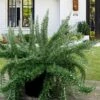
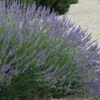



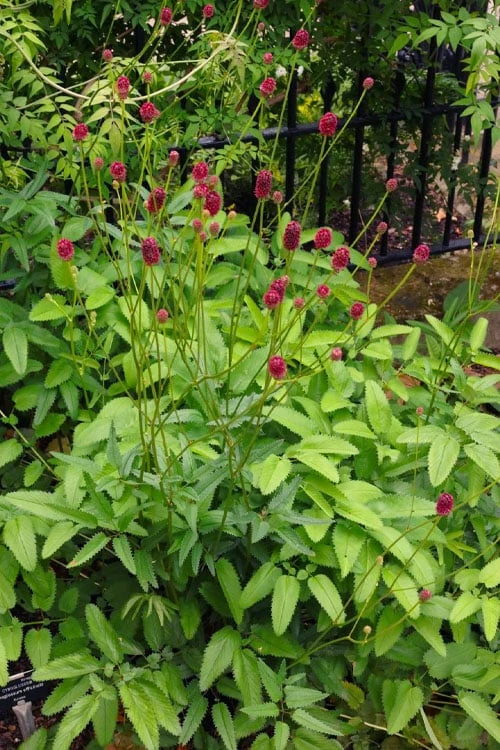
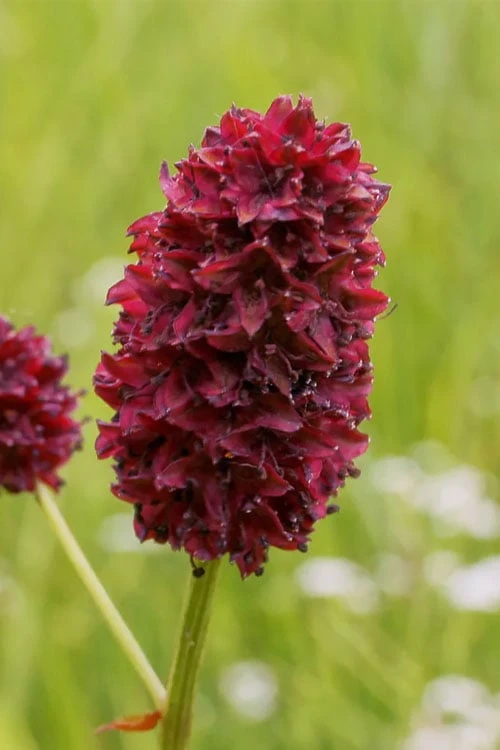

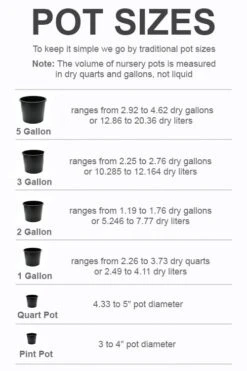


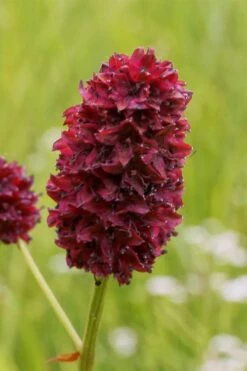
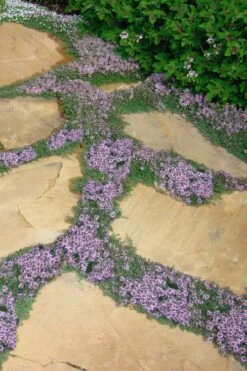
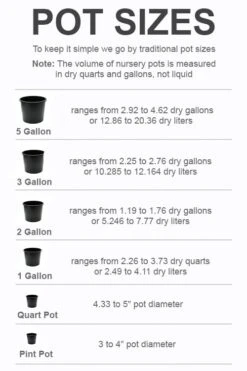
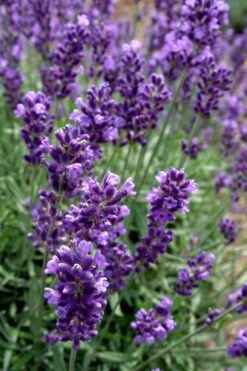

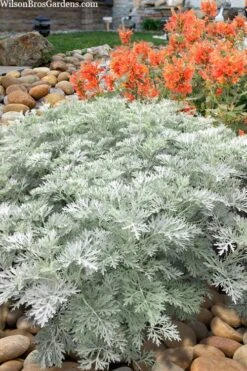

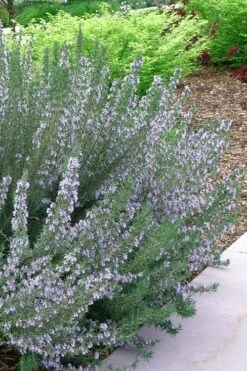
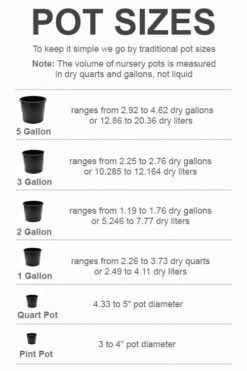
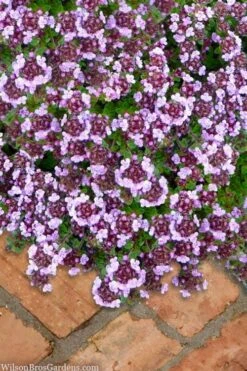




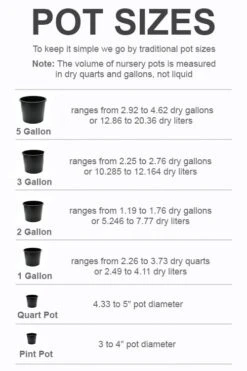

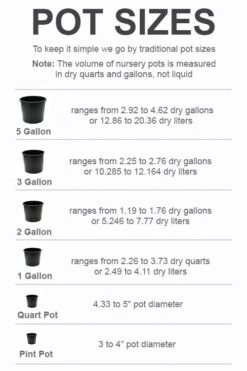
Reviews
There are no reviews yet.